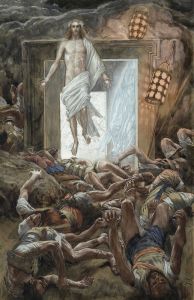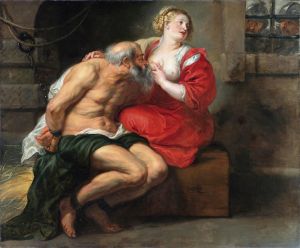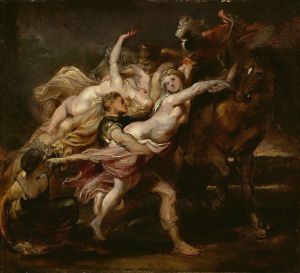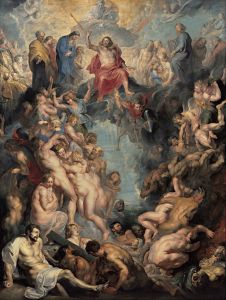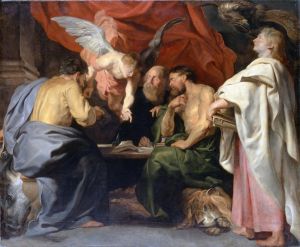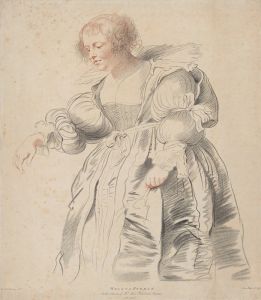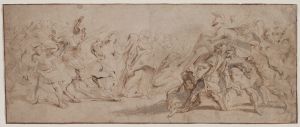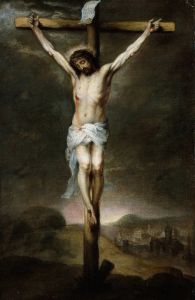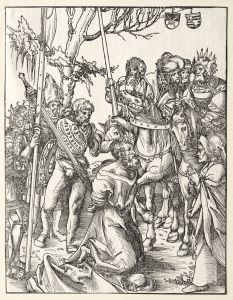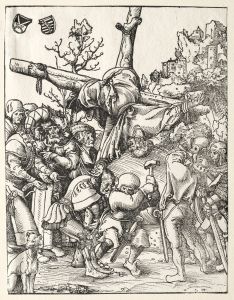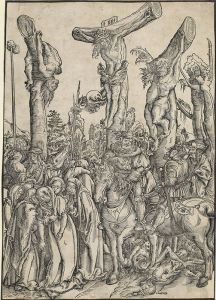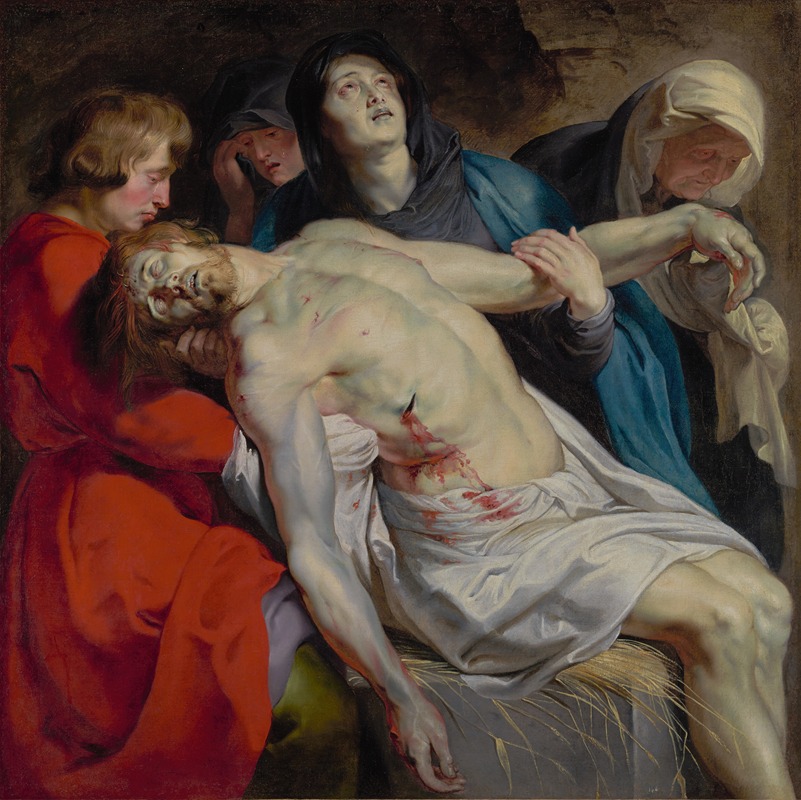
The Entombment
A hand-painted replica of Peter Paul Rubens’s masterpiece The Entombment, meticulously crafted by professional artists to capture the true essence of the original. Each piece is created with museum-quality canvas and rare mineral pigments, carefully painted by experienced artists with delicate brushstrokes and rich, layered colors to perfectly recreate the texture of the original artwork. Unlike machine-printed reproductions, this hand-painted version brings the painting to life, infused with the artist’s emotions and skill in every stroke. Whether for personal collection or home decoration, it instantly elevates the artistic atmosphere of any space.
The Entombment is a painting by the Flemish Baroque master Peter Paul Rubens, created around 1612–1614. This work is an oil on canvas and is currently housed in the Galleria Borghese in Rome, Italy. The painting depicts the biblical scene of Christ's entombment, a subject that has been a central theme in Christian art for centuries.
Rubens' interpretation of the entombment is marked by his characteristic dynamism, emotional intensity, and masterful use of color and light. The composition shows the lifeless body of Christ being lowered into the tomb by a group of mourners, including the Virgin Mary, Mary Magdalene, and John the Evangelist. The figures are arranged in a dramatic diagonal composition, which enhances the sense of movement and tension in the scene. The expressions of grief and sorrow on the faces of the mourners are rendered with great sensitivity, showcasing Rubens' ability to convey deep emotion.
The painting is notable for its use of chiaroscuro, a technique that contrasts light and shadow to create a sense of depth and volume. Rubens employs this technique to draw attention to the central figure of Christ, whose pale body is illuminated against the darker background. The rich, warm tones of the surrounding figures and the folds of their garments further emphasize the central focus of the composition.
Rubens was heavily influenced by the Italian Renaissance, particularly the works of Michelangelo and Caravaggio, and this influence is evident in The Entombment. The muscular forms of the figures and the dramatic use of light and shadow reflect the impact of Michelangelo's sculptural style and Caravaggio's tenebrism. At the same time, Rubens' work retains a distinctively Flemish sensibility, characterized by its vibrant color palette and dynamic energy.
This painting was likely commissioned by a private patron, as was common for works of this nature during the Baroque period. It reflects the Counter-Reformation emphasis on emotional engagement and the depiction of religious themes in a way that would inspire devotion and piety among viewers.
The Entombment is considered one of Rubens' significant religious works and exemplifies his ability to combine technical mastery with profound emotional resonance. It remains a testament to his skill as one of the leading artists of the Baroque era.





